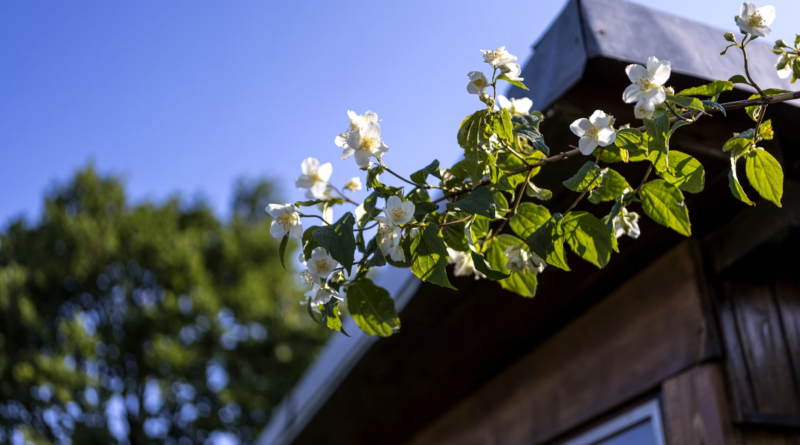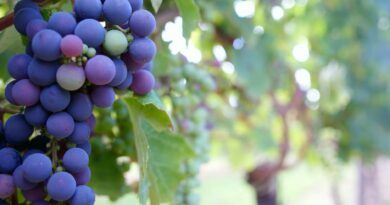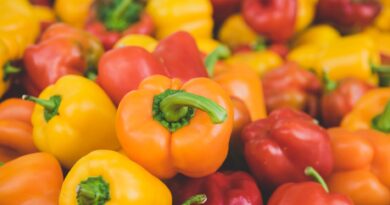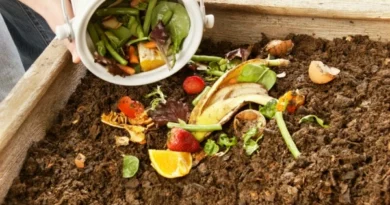June Tasks on Your Allotment: A Comprehensive Guide
June is a bustling month for allotment holders. The long days and warmer weather mean that your crops are in full growth mode, and there are plenty of tasks to keep you busy. This guide will help you manage your allotment efficiently during this peak season, ensuring you make the most of your plot and enjoy a bountiful harvest.
1. Watering and Irrigation
Watering is crucial in June, as the temperatures rise and rainfall can be unpredictable. Proper irrigation ensures that your plants stay hydrated and healthy.
Importance of Watering
- Prevents drought stress: Young plants and seedlings are particularly vulnerable to drying out, which can stunt their growth or even kill them.
- Supports nutrient uptake: Water helps dissolve nutrients in the soil, making them available for plant roots to absorb.
- Promotes healthy growth: Consistent watering encourages strong root development and overall plant health.
Techniques
- Deep watering: Water deeply and less frequently to encourage roots to grow deeper into the soil. This method is more effective than frequent shallow watering.
- Mulching: Apply a layer of mulch around your plants to retain soil moisture and reduce evaporation. Mulch also suppresses weeds and improves soil structure over time.
- Drip irrigation: Install a drip irrigation system for efficient water use. Drip systems deliver water directly to the roots, minimising wastage.
Schedule
- Early morning or late evening: Water your plants early in the morning or late in the evening to reduce water loss through evaporation. Avoid watering during the heat of the day.

2. Weeding
Weeds compete with your crops for water, nutrients, and sunlight, so it’s essential to keep them under control.
Techniques
- Hand weeding: Regularly pull out weeds by hand, especially before they flower and set seeds. Use a hoe for larger areas to save time and effort.
- Mulching: As mentioned earlier, mulch not only retains moisture but also acts as a barrier to weed growth.
- Weed barriers: Lay down landscape fabric or cardboard around your plants to block weed growth. These barriers are particularly useful for pathways and areas with high weed pressure.
Frequency
- Weekly inspections: Check your allotment for weeds at least once a week. This regular attention prevents weeds from becoming unmanageable.
3. Planting and Sowing
June is a great time for both planting and sowing a variety of crops. Here’s a breakdown of what you can focus on this month.
Planting
- Summer crops: Transplant seedlings of summer crops such as tomatoes, peppers, cucumbers, and squash. Ensure they are well watered and mulched to establish quickly.
- Herbs: Plant herbs like basil, coriander, and parsley. These herbs thrive in the warmer weather and add fresh flavours to your summer dishes.
Sowing
- Succession sowing: Sow quick-growing crops like lettuce, radishes, and spinach every two weeks to ensure a continuous harvest throughout the summer.
- Root vegetables: Directly sow carrots, beetroot, and turnips. These crops prefer the warm soil temperatures in June.
- Beans and peas: Sow beans and peas directly into the ground. These legumes will take advantage of the warm weather to grow rapidly.
4. Harvesting
June is the beginning of the harvest season for many crops. Knowing when and how to harvest ensures you get the best quality produce.
Early Harvests
- Salad greens: Harvest lettuce, spinach, and other salad greens regularly to encourage new growth.
- Peas and beans: Pick peas and beans frequently to keep the plants producing. Young pods are more tender and flavourful.
- Strawberries: June is peak strawberry season. Harvest strawberries when they are fully red and ripe.
Tips for Harvesting
- Harvest in the morning: For the best flavour and shelf life, harvest your crops in the morning when they are crisp and hydrated.
- Use clean tools: Ensure your harvesting tools are clean to prevent the spread of disease.
- Handle with care: Handle fruits and vegetables gently to avoid bruising, which can lead to spoilage.

5. Fertilising and Feeding
As plants grow rapidly in June, they need a steady supply of nutrients to support their development.
Types of Fertilisers
- Organic fertilisers: Use compost, well-rotted manure, or organic granular fertilisers to feed your plants. These slow-release nutrients improve soil health over time.
- Liquid fertilisers: Apply liquid seaweed or fish emulsion as a foliar feed for a quick nutrient boost. These are particularly beneficial for fruiting plants like tomatoes and peppers.
Application Tips
- Follow instructions: Always follow the manufacturer’s instructions for the correct dosage and application frequency.
- Target the roots: Apply fertilisers at the base of the plants to ensure the nutrients reach the roots.
- Avoid over-fertilising: Over-fertilising can harm plants and lead to nutrient imbalances. Use fertilisers sparingly and monitor plant health.
6. Pest and Disease Management
Warm weather in June can bring an increase in pest activity. Vigilance and early intervention are key to protecting your crops.
Common Pests
- Aphids: These small, sap-sucking insects can weaken plants and spread diseases. Use insecticidal soap or introduce beneficial insects like ladybirds to control aphids.
- Slugs and snails: These pests thrive in moist conditions and can decimate young plants. Use slug pellets, beer traps, or copper tape to deter them.
- Caterpillars: Caterpillars can quickly defoliate plants. Handpick them off your plants or use biological controls like Bacillus thuringiensis (Bt).
Common Diseases
- Powdery mildew: This fungal disease appears as a white powdery coating on leaves. Remove affected leaves and apply a fungicide if necessary.
- Blight: Tomato and potato blight can devastate crops. Remove and destroy infected plants immediately to prevent the spread.
- Downy mildew: This disease affects brassicas and cucumbers. Ensure good air circulation around plants and use resistant varieties if possible.
Prevention Tips
- Crop rotation: Rotate your crops each year to reduce the build-up of pests and diseases in the soil.
- Healthy plants: Healthy, well-nourished plants are more resistant to pests and diseases. Keep your plants well-watered and fed.
- Cleanliness: Keep your allotment clean and free of plant debris, which can harbour pests and diseases.
7. Supporting Your Plants
As your plants grow taller and heavier with fruit, they will need support to prevent damage and ensure healthy growth.
Types of Support
- Staking: Use stakes to support tall plants like tomatoes, beans, and sunflowers. Secure the plants to the stakes with soft ties to avoid damaging the stems.
- Cages: Place cages around plants like tomatoes and peppers to keep them upright and prevent them from sprawling.
- Trellises: Use trellises for climbing plants like cucumbers, beans, and peas. This vertical support saves space and improves air circulation around the plants.
Installation Tips
- Install early: Install supports when you plant or sow your crops to avoid disturbing the roots later.
- Check regularly: Regularly check the ties and adjust them as the plants grow to ensure they are not constricting the stems.

8. Pruning and Pinching Out
Pruning and pinching out help to direct the plant’s energy towards producing fruit and flowers, rather than excessive foliage.
Pruning
- Tomatoes: Pinch out the side shoots of cordon tomatoes to encourage the plant to focus on producing fruit. Remove any yellowing leaves to improve air circulation and reduce the risk of disease.
- Herbs: Regularly prune herbs like basil, mint, and rosemary to encourage bushier growth and prevent them from becoming leggy.
Pinching Out
- Peas and beans: Pinch out the tips of peas and beans when they reach the top of their supports to encourage bushier growth and more pods.
9. Preparing for Holidays
If you plan to go on holiday in June, it’s important to prepare your allotment to ensure your plants continue to thrive in your absence.
Tips for Holiday Preparation
- Watering system: Set up an automatic watering system, or ask a friend or neighbour to water your plants regularly.
- Mulching: Apply a thick layer of mulch to retain moisture and reduce the need for frequent watering.
- Harvesting: Harvest as much as you can before you leave to prevent produce from over-ripening and attracting pests.
10. Enjoying Your Allotment
Finally, take time to enjoy your allotment. June is a beautiful month with plenty of sunshine and growth.
Activities to Enjoy
- Relax: Set up a seating area to relax and enjoy the fruits of your labour.
- Picnics: Have a picnic with fresh produce from your allotment.
- Wildlife: Observe the wildlife that visits your allotment, such as birds, bees, and butterflies.
By following these tasks, you can ensure that your allotment thrives in June, providing you with a bountiful harvest and a beautiful space to enjoy. Happy gardening!




